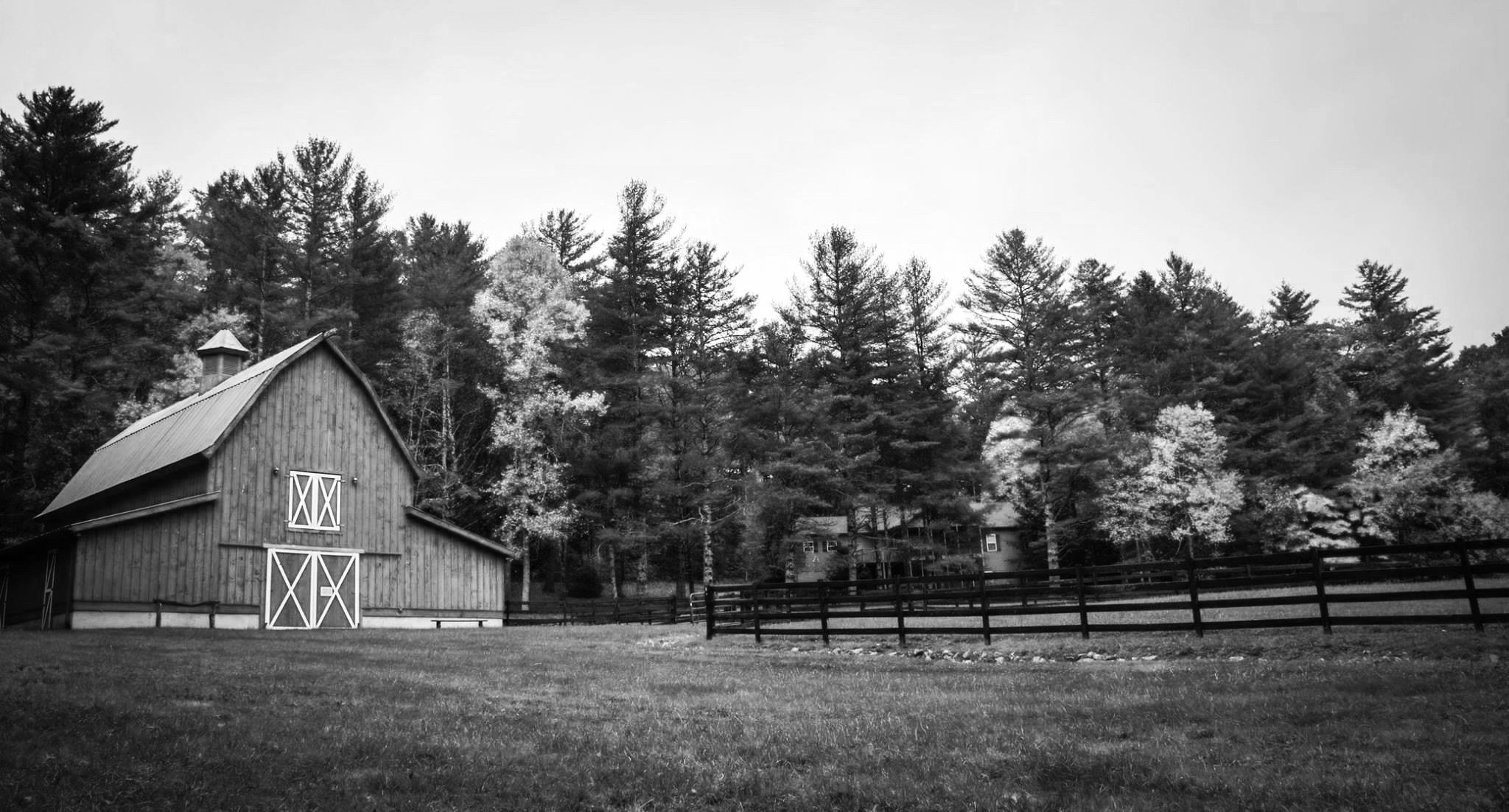
DRONE & MATTERPORT
Aligned Drone Work
The Transformation of Insurance Inspections through Technology
Drones are transforming insurance inspections, not just by simplifying procedures but also by granting insurers access to property details that were previously inaccessible. This technological leap ensures more accurate estimates, preventing both overcharging and undercharging of customers. Furthermore, drones empower insurers with advanced risk management capabilities by enhancing data collection, analysis, and the generation of actionable insights. They also streamline claims adjudication and processing, resulting in lower operational expenses.
Advantages of Drones in Insurance Inspections
Enhanced Accuracy
The precision and detail offered by drones in capturing property images and videos are unparalleled. Traditional methods often left room for human error and oversight, but drones can now provide high-resolution data, ensuring meticulous record-keeping and assessment. This level of accuracy translates to more precise premium calculations, ultimately benefiting both insurers and policyholders.
Improved Risk Management
Drones enable insurers to gather comprehensive data about a property, which aids in identifying potential risks that might have gone unnoticed previously. This data can be analyzed to generate actionable insights, allowing insurers to devise better risk mitigation strategies. Over time, this proactive approach can lead to fewer claims and lower premiums for customers.
Streamlined Claims Processing
The ability to quickly and efficiently capture detailed property images allows for faster and more accurate claims assessments. This speeds up the entire process, from the initial inspection to the final settlement, thus reducing the time policyholders need to wait for their claims to be processed. Additionally, the reduction in manual labor and the elimination of the need for ladders or handheld cameras translates to lower operational costs for insurance companies.
Drones in Action: Roof Damage Assessment
Safety and Efficiency
Assessing roof damage presents considerable challenges, as traditional inspections involve hazardous climbs and meticulous examination. Drones eliminate the need for ladders and handheld cameras, providing a safer and more comprehensive solution. Experienced drone operators can capture detailed images and videos from various perspectives, enabling thorough documentation of damage. Moreover, drones offer aerial views of entire roofs, a task previously achievable only with helicopters. With these benefits, drones emerge as a highly efficient choice for inspecting roof damage in insurance assessments.
Comprehensive Documentation
The capability of drones to capture high-resolution images and videos from multiple angles ensures that no part of the roof is left unexamined. This is particularly beneficial in identifying subtle damages that might not be visible from the ground or through traditional inspection methods. The comprehensive documentation provided by drones facilitates more accurate repairs and claims settlements.
Aerial Views
Previously, obtaining an aerial view of a property required the use of helicopters, which was not only expensive but also posed logistical challenges. Drones now offer a cost-effective and flexible alternative, providing insurers with the ability to conduct thorough inspections from the air. This aerial perspective can reveal issues such as structural weaknesses or roof deterioration that might otherwise go unnoticed.
Future Prospects
The integration of drones in insurance inspections represents just the beginning of a broader technological transformation within the industry. As drone technology continues to advance, we can expect even more sophisticated capabilities, such as real-time data transmission and advanced analytical tools. These innovations will further enhance the accuracy, efficiency, and safety of insurance inspections, ultimately leading to better service and lower costs for policyholders.
Challenges and Considerations
Despite the numerous benefits, the use of drones in insurance inspections is not without its challenges. Regulatory compliance, privacy concerns, and the need for skilled operators are some of the issues that insurers must address. Additionally, ensuring that the data collected by drones is secure and accurately interpreted is crucial for maintaining trust and reliability.
Training and Certification
To maximize the potential of drones in insurance inspections, it is essential to invest in the training and certification of drone operators. This ensures that they are equipped with the knowledge and skills required to handle complex inspections and data analysis. Ongoing training programs can also keep operators updated on the latest technological advancements and regulatory changes.
Conclusion
The deployment of drones in insurance inspections marks a significant technological milestone, offering numerous benefits in terms of accuracy, efficiency, and safety. By overcoming traditional challenges and providing advanced data collection and analysis capabilities, drones are set to revolutionize the insurance industry. However, it is essential for insurers to address regulatory, privacy, and training considerations to fully harness the potential of this transformative technology. As we look to the future, the continued evolution of drone technology promises even greater innovations and improvements in the field of insurance inspections.
Matterport serves as a comprehensive platform aiding Public Adjusters, Insurance Company Adjusters and Policyholders by enhancing documentation and communication regarding damage at insured locations. Widely recognized as the standard for 3D space capture, it enables users to convert real-life spaces into digital twin models.
But what exactly is a "digital twin" and how does it benefit users? A Matterport digital twin represents the most precise virtual 3D replication of a real location, whether it's a single room, an entire building, or an outdoor area. These digital twins empower all involved parties to accurately record spaces and streamline the documentation process for losses.
While some may question how this differs from a basic panoramic photo, Matterport offers far more capabilities. It allows users to seamlessly create, capture, and interconnect various areas like rooms, forming fully interactive 3D space models. Within Matterport, image capture specialists utilize a range of tools to document and annotate properties effectively, facilitating clear communication of observed damage.
Once documented all users will benefit from the detail and clarity provided by the matterport link.
Aligned Matterport
Get in touch.
Have questions or need assistance? We're here to help!
Fill out the form below, and an adjuster will get back to you promptly.


